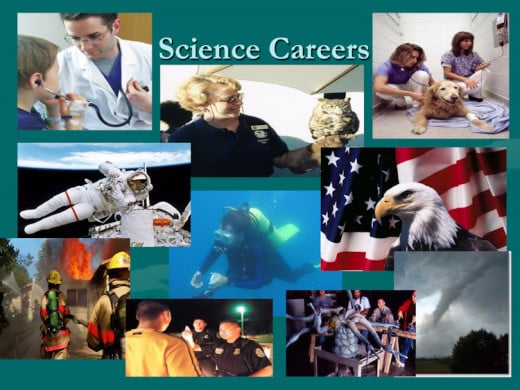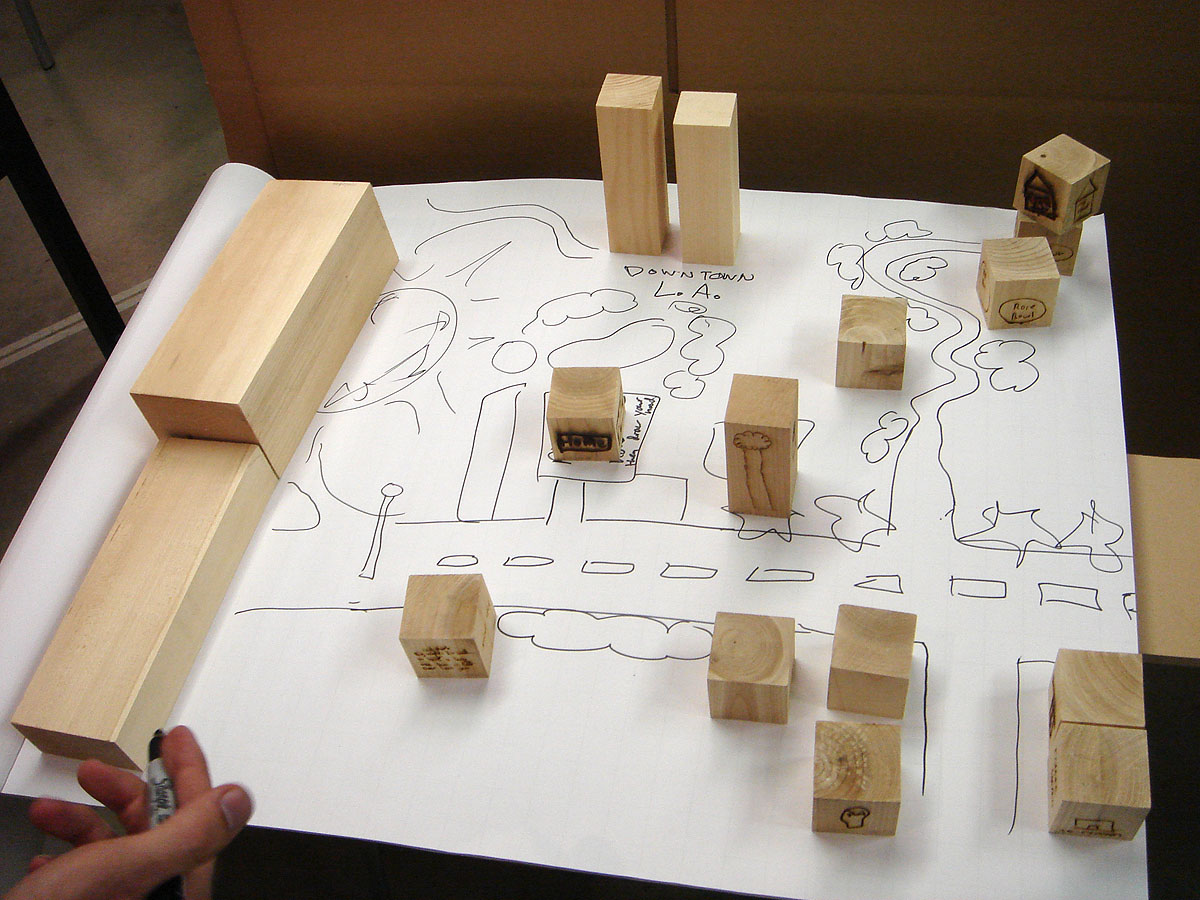Career or Continue Education?

Overview
Your main job as a vocational teacher is to give students the occupational skills and knowledge they will need to succeed in the vocation of their choice. In addition, however, you have a responsibility to prepare students with the application skills they will need to gain admittance into a vocation, or post-secondary institution. Your students may have been well trained occupationally, but if they do not have skill in applying for a job or further education, they are not adequately prepared for the world of work.
This module is designed to give you skill both in helping students develop their application skills, and in helping you prepare well-written letters of recommendation for students.
Whether your students are planning to apply for a job, admission to a college or some other post-secondary institution, a scholarship, or an educational load, they need to develop certain application skills. They need skill in
- Preparing resumes outlining their backgrounds and qualifications
- Obtaining and filling out application forms;
- Writing letters of application; and
- Preparing for, and participating in, interviews.
Selecting Information to Include
One of the first things students need to consider in applying for employment or further education is what information to include as important and what information to omit as irrelevant. You can assist students by having them do the following:
- Consider the job or education for which they are applying in terms of the characteristics which would qualify a person for admission or employment; and
- Consider the experiences they have which document that they possess these characteristics. These experiences can be drawn from a number of sources:
- Memberships in clubs both in and out of school.
- Participation in community organizations
- Offices held
- Formal and informal education experiences
- Formal and informal work experiences
- Volunteer work
The guidelines for selecting what to include in these written application materials are quite simple:
- First, students need to select data that presents them in the best possible light without presenting a distorted picture or making them appear immodest.
- Second, students need to select only relevant data to present.
- Finally, Title VII (Equal Employment Opportunity) of the Civil Rights of 1964 provides some guidelines on the type of information students need not to include in seeking employment.
Therefore, a student need not include such personal data on application forms or resumes unless it is, in fact, a bona fide occupational qualification (BFOA).

The Resume or Putting Your Best Foot Forward
A resume, or personal data summary, is an outline of information about an individual. It is designed to provide prospective employers or educational admissions officers with evidence of the individual’s qualifications, background, and interests. It can be used by the applicant in several ways.
- If a student who is interested in a particular field wishes to alert companies in that field to his or her interest and availability in the hopes that one of these companies may be hiring, then the student can send a resume to each of these companies.
- If a student has identified particular companies that are hiring, a resume could be included with a letter of application to each company.
- If a student has an interview scheduled with a prospective employer, the resume can be given to the employer or personnel director at the beginning of the interview to help introduce the student to the interviewer.
- If a student is interested in applying for acceptance at a college or post-secondary institution, if is standard procedure to include a resume with the completed application form.
The content included in each of the resumes should be geared to the purpose it is intended to serve. However, generally a resume should contain the following:
- Identifying data—name, address, and telephone number.
- Personal data—age, height, weight, health (The Equal Employment Opportunity specifications for BFOQ’s should be considered in preparing this section.)
- Educational background—names of secondary schools attended, years attended, major courses, minor courses, academic record, extracurricular activities, etc.
- Work experience—name of firm, name of employer, dates of employment, job title, nature of work, etc.
- Other qualifications—hobbies, special interests, honors, etc.
- Career goals—brief statement of career goals, both immediate and long range.
- References—names, addresses, and titles of three or four responsible persons able to attest to the applicant’s character, job qualifications, and/or educational potential.
Application Forms
The application form gives employers or admission officers a chance to get the kinds of information they feel they need to make a decision about an applicant’s acceptability. The following suggestions should help students when filling out application forms:
- The form should be filled out as neatly as possible.
- Read and follow directions carefully.
- Information should be as complete as possible.
- In filling out a job application, wages should be stated as a range, rather than as a fixed amount.
- Each question should be acknowledged.
- Applicants should have the advance consent of persons whom they wish to list as references.

Using the Internet
In the past, prospective employees were forced to physically visit companies in order to inquire whether or not there existed job openings. In this modern day of technology: all that is needed is a computer and Internet access. However, don’t forget that printer.
Instructors should explain to students how to use search engines to query the Internet regarding opening in the position of choice. The use of key words is necessary. There are also great websites such as Monster, Indeed and Beyond just to name a few. Assist the students in familiarizing themselves with the many options available.
It’s always a good practice to remind students to print out their completed applications before submitting them to perspective employers. Creating specific resumes for each company is vital when applying online. Since most companies receive numerous unsolicited applications—the student should make their resumes “standout” by addressing all requirements in the position announcement.

Letters of Application
The application letter should be written or typed on good quality, plain white paper, 8 ½” x 11”. It should be neat with no words crossed out and no smudges left from careless erasures. Careful attention should be given to grammar and punctuation.
The Employment Interview
In preparing for an interview, students need to do the following:
- Locate general information about the company—its products or services, its size, the kinds of workers it employs, etc.
- List their personal and educational qualifications for the position sought.
- Prepare them to be ready to discuss why they want to work for the company.
- Plan their personal appearance carefully.
- Attempt to determine the name of the interviewer in advance.
In conducting themselves during the interview situation, students should consider the following points:
- Arrive about five minutes before the interview.
- Address the interviewer by name, if possible.
- It is standard etiquette to stand until the interviewer invites you to sit.
- Avoid nervous mannerism.
- Be your own best natural self.
- Respond clearly and expand on answers beyond simple “yes” or “no”. Try to avoid repeating useless phrases such as “um”, “you know” or “the thing is”.
- Be prepared to discuss the responses you made on your application form, and to explain some responses more fully.
- Don’t eat candy, chew gum, or smoke during the interview.
- Don’t prolong the interview.
Letters of Recommendation
In your letter of recommendation, you should provide the prospective employer with the following information about the student:
- Personal characteristics such as punctuality, attitudes, reliability, appearance, etc.
- Commitment to his or her vocation as evidenced by activities the student has participated in which added to his or her vocational development.
- Future potential you feel student has for improvement in the field.
- Work experience the student has had in the field that you know of, such as through a cooperative program.
- Special training the student may have had or special abilities he or she may have.
- Strengths and weaknesses the student has; listing these gives the prospective employer a more realistic picture of the student.
- Applicants should have the advance consent of persons whom they wish to list as references.
By assisting your students in putting their best foot forward you have become an effective teacher and your students are on their way to achieving their goals.

Dress for Success
Here’s a word regarding apparel selection for that all important interview.
Even if the position is a supervisor in a dusty warehouse, it’s important to make a great first impression. You will never get a second chance to make a great "first one." As the name suggests—first impressions are the collected opinions individuals form based solely on their initial encounter with another individual.
What is perceived on initial contact can either compliment or damage students chances of acquiring that desired position. Even if it’s a first meeting with an admission counselor, the chances of students receiving better consideration can be greatly enhanced when they are properly attired.
Make your students aware of leaving the more casual and trendy clothing in the closet is a good idea until they are more familiar with the dress code of the company or the institution. As styles change and what was standard dress a decade ago may be outmoded today, research the Internet to discover what is considered business attire.
Remember, first impressions are lasting impressions.
Student Readiness
As a Vocational Teacher, do you make an effort to insure your student's readiness?
© 2013 Jacqueline Williamson BBA MPA MS



